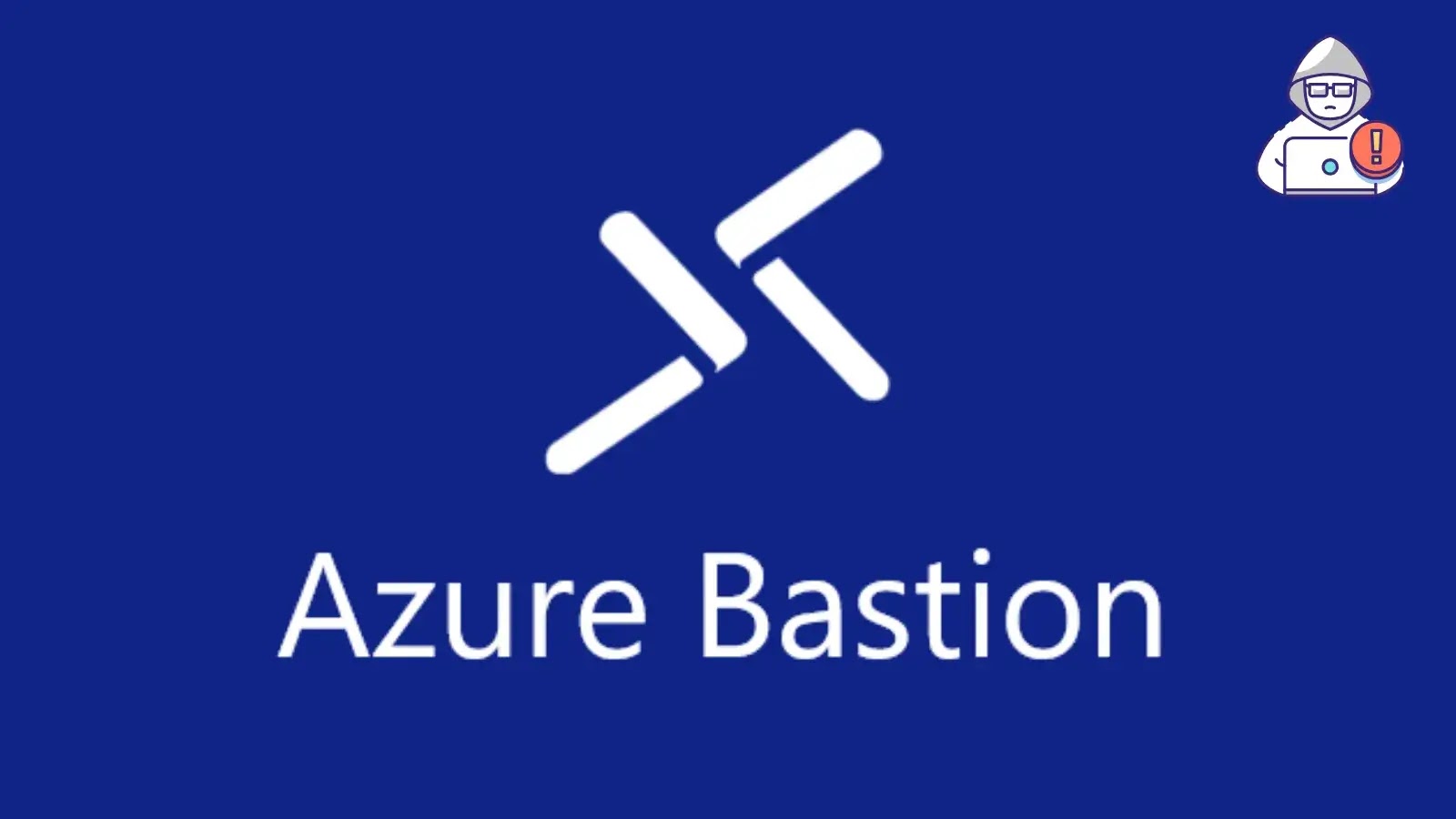
Critical Vulnerability in Azure Bastion Let Attackers Bypass Authentication and Escalate privileges
A silent alarm rings through the cloud security landscape as a critical vulnerability in Azure Bastion, identified as CVE-2025-49752, comes to light. This flaw presents a significant threat, enabling remote attackers to bypass authentication mechanisms and escalate privileges to administrative levels. For organizations that rely on Azure Bastion for secure, administrative access to their vital cloud infrastructure, this vulnerability demands immediate attention and strategic remediation.
Understanding the Azure Bastion Vulnerability
Azure Bastion is a fully managed PaaS offering that provides secure and seamless RDP/SSH connectivity to your virtual machines directly through the Azure portal over SSL. It’s designed to eliminate the need for public IP addresses on VMs, thereby reducing the attack surface. The discovery of CVE-2025-49752, however, introduces a critical deviation from this intended security posture.
This vulnerability is categorized as an authentication bypass. In essence, it allows malicious actors to circumvent the authentication checks that Azure Bastion is supposed to enforce. More critically, it facilitates privilege escalation to administrative levels, all without requiring any user interaction. This “no user interaction” aspect significantly lowers the barrier for attackers, making exploitation potentially silent and swift.
Impact of Authentication Bypass and Privilege Escalation
The implications of CVE-2025-49752 are severe. An attacker successfully exploiting this flaw could:
- Gain unauthorized access: Bypass the robust authentication layers of Azure Bastion, effectively gaining an entry point into your network without valid credentials.
- Escalate privileges: Move from an unauthenticated or low-privilege state to an administrative one, granting them extensive control over your virtual machines and potentially other connected Azure resources.
- Perform malicious activities: Once administrative access is achieved, an attacker could launch further attacks, exfiltrate sensitive data, deploy malware, or disrupt critical services within your Azure environment.
- Evade detection: The nature of an authentication bypass can make early detection challenging, potentially allowing attackers to operate undetected for longer periods.
Remediation Actions and Best Practices
Addressing CVE-2025-49752 requires immediate attention. Organizations utilizing Azure Bastion should take the following steps:
- Apply Patches and Updates: Monitor official Microsoft Azure security advisories and promptly apply any patches or updates released to address this specific vulnerability. This is the most crucial step.
- Review Access Controls: Even with Bastion, ensure that granular access controls (RBAC) are strictly enforced for all Azure resources. Limit administrative privileges to only those who absolutely require them.
- Enable Multi-Factor Authentication (MFA): While not a direct fix for an authentication bypass, MFA adds an additional layer of security that can deter attackers who might try to leverage other compromised credentials.
- Monitor Audit Logs: Increase vigilance over Azure Bastion and VM audit logs for any unusual activity, suspicious login attempts, or privilege modifications. Implement alerts for such events.
- Network Segmentation: Further segment your virtual networks to limit the lateral movement of an attacker even if they manage to gain a foothold.
- Consider Alternative Access Methods (Temporarily): If immediate patching is not feasible, temporarily re-evaluate and secure alternative, highly controlled access methods (e.g., jump boxes with strict network ACLs) until the vulnerability is fully mitigated.
Tools for Detection and Mitigation
While direct detection tools for this specific authentication bypass might be limited until patches are widely deployed, robust security monitoring and posture management tools are invaluable in identifying post-exploitation activities and strengthening overall security.
| Tool Name | Purpose | Link |
|---|---|---|
| Azure Security Center / Microsoft Defender for Cloud | Continuous cloud security posture management (CSPM), threat protection, and vulnerability assessment. | Link |
| Azure Monitor / Azure Log Analytics | Collects and analyzes logs and metrics from Azure resources, enabling threat detection and incident response. | Link |
| Azure Network Watcher | Monitors, diagnoses, and gains insights into network performance and health within Azure. | Link |
| Azure Sentinel | Cloud-native Security Information and Event Management (SIEM) for intelligent security analytics. | Link |
Conclusion
The discovery of CVE-2025-49752 in Azure Bastion underscores the dynamic nature of cloud security threats. An authentication bypass combined with privilege escalation presents a direct and serious challenge to the integrity of cloud environments. Organizations must prioritize applying official patches, strengthening existing access controls, and maintaining vigilant monitoring to protect their critical Azure infrastructure from potential exploitation. Proactive security measures remain the best defense against evolving cyber threats.





